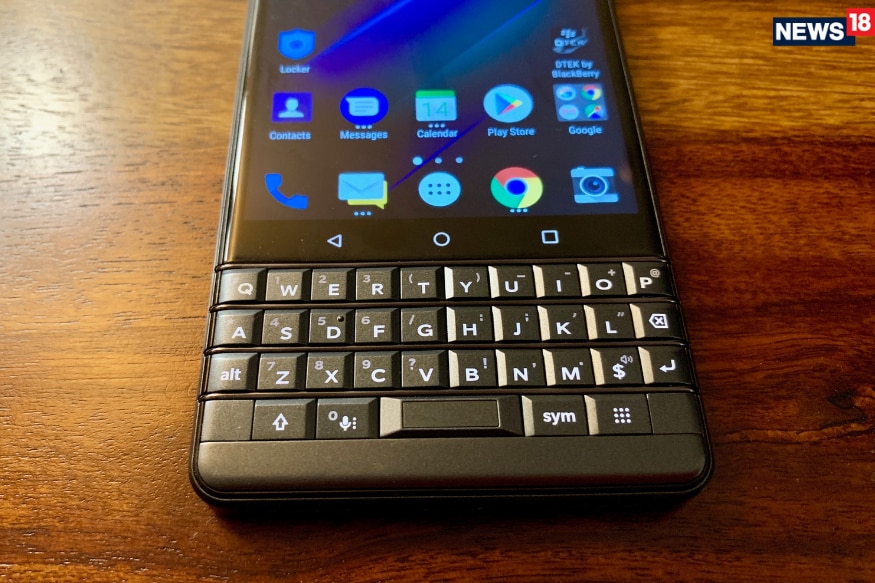If you still fancy a physical QWERTY keyboard in your smartphone, this is a more affordable option for you keeping in mind that its elder sibling Key2, still costs more. And for the keyboard, it is absolutely worth it.
In terms of the design, you will be forgiven for thinking that the Key2 LE is the same as the Key2. There are subtle differences. First is the colour, and the finish, which is lighter. The metal frame has been replaced by a plastic frame. This still blends in elegance and utility, something that business users would want from their phone as they travel the world while thumbing at the keypad typing out emails that would define the fortunes of corporations. The Key2 LE is a tad less taller than the Key2, and at 8.4mm is also 0.1mm thinner. The shift from metal to plastic means the Key2 LE is 12 grams lighter than the Key2. The design feels taller because the screen and the keyboard below it share the space on the front, yet the BlackBerry Key 2 feels well-balanced and there is no hint that it wants to topple earthwards when you are typing with the same hand that is holding the phone.

Speaking of typing, the physical QWERTY keyboard is well laid out. This is the sort of precision that it is expected from a BlackBerry branded smartphone. Each key press elicits a consistent response, and the individual key size is adequate. If you are switching from a touchscreen phone back to this physical keyboard, you’ll find that the typing speed is a little slow initially. The very act of pressing a mechanical key, after years of tapping away on a glass pane, takes a lot of getting used to. But if you already happen to use a BlackBerry phone and are used to the keyboard, this is familiar territory.
The 4.5-inch display (1,620 x 1,080 resolution) has been carried forward as is, and that isn’t a problem at all. This screen is bright, and the text is crisp to read. Colours look a tad more vibrant than the Key2, but at no point do they look unnecessarily rich. Even at low brightness levels, visibility on this screen is good, and reflections are minimal. The 3:2 aspect ratio feels quite odd, but that square-ish look is a trade-off to fit the keyboard within the same footprint as well.
We had observed that the Key 2 perhaps fell behind a lot of other Android phones in its price range, as far as the Qualcomm Snapdragon 660 processor was concerned. The Key 2 LE will have to suffer through the same train of doubts, as it runs the Snapdragon 636 processor. In terms of the architecture, both processors are largely the same, but the 636 has a lower clock speed and slightly less powerful graphics. No slouch in terms of performance, but this won’t be a powerhouse either. That said, the typical BlackBerry Key2 LE user will probably not buy this to play PUBG on it, but it will perhaps be more about emails and web browsing and document editing and some bit of social media—without really generalising.










